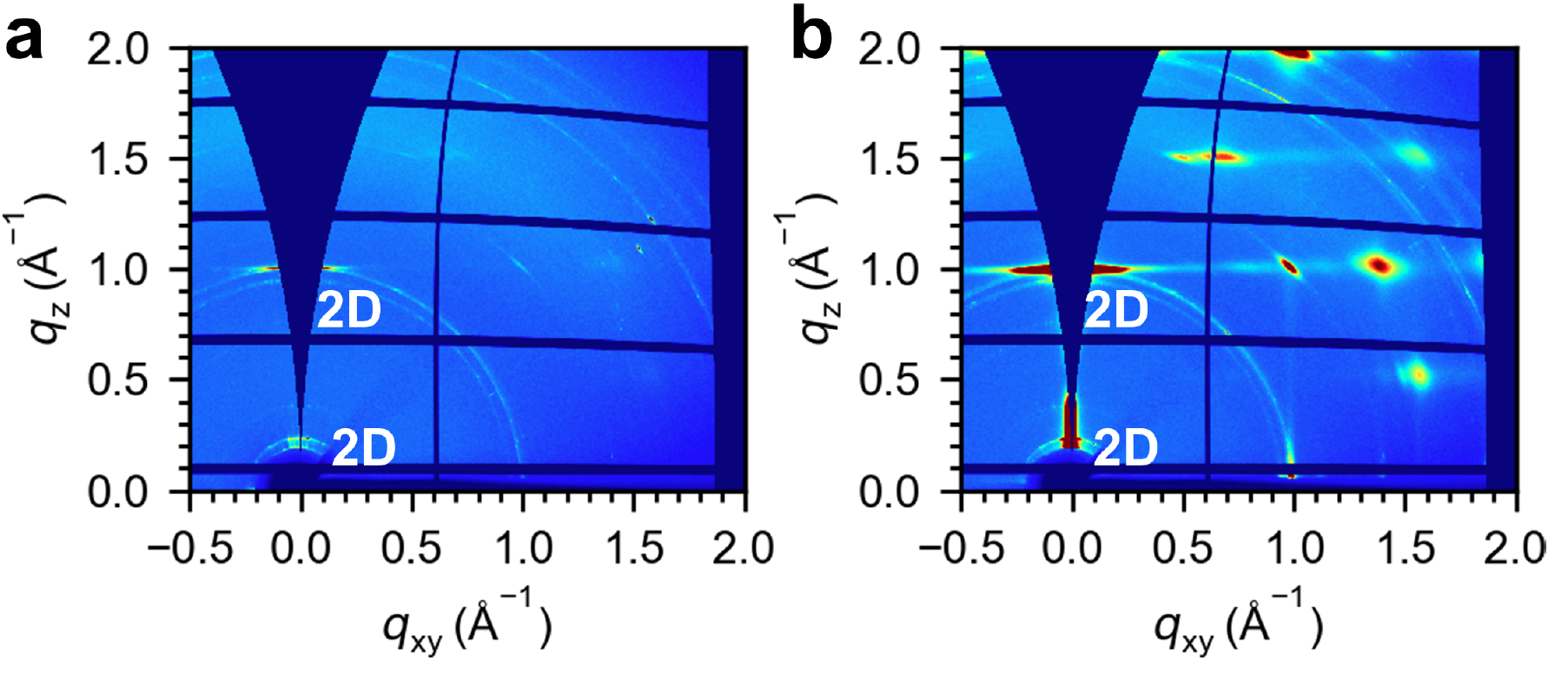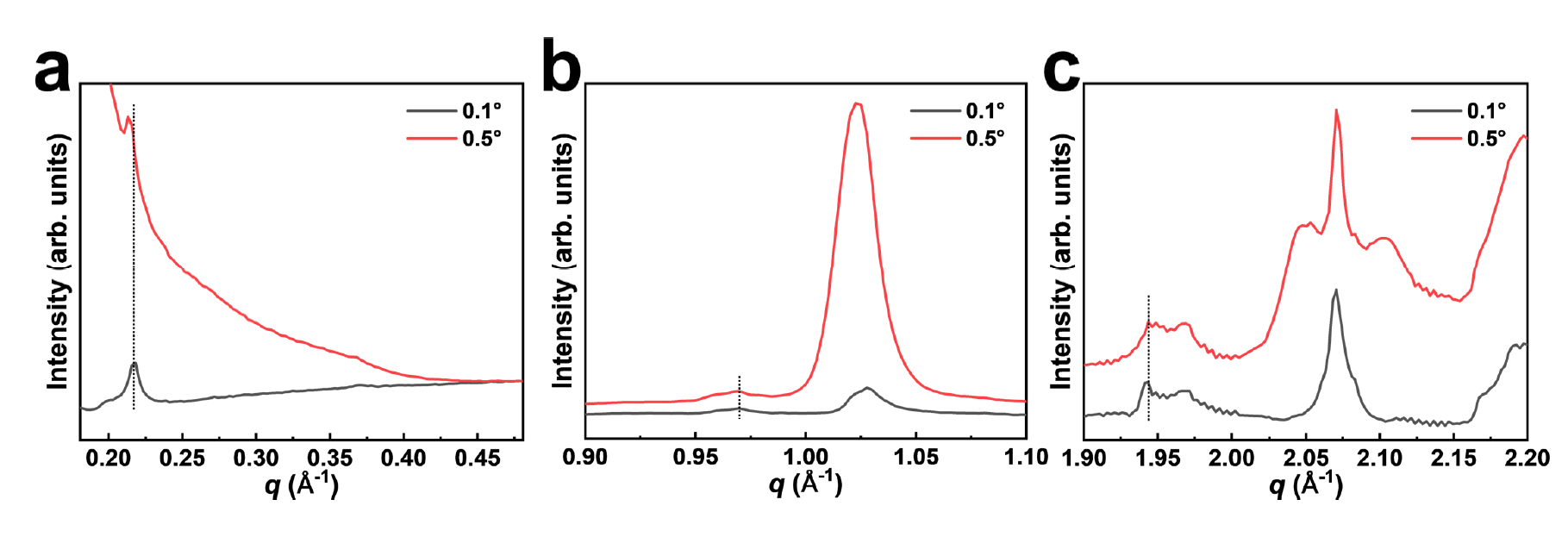Haoxuan Sun & Liang Li, Soochow University Discovery of frequency-selective perovskite photodetectors for interference-resistant optical communications demonstrates an asymmetric 2D-3D-2D perovskite structured device to achieve frequency-selective optical response in a single.
Significance and Impact
The results demonstrate an asymmetric 2D-3D-2D perovskite-structured device to achieve a frequency-selective optical response in a single device. By combining two equally sized electric potentials in opposite directions, the device output attenuates to zero under constant light. Since these inverse photodiodes have different response speeds, the device responds only near a specific frequency, which can be tuned by manipulating the two-dimensional perovskite assembly. The target device achieves an ultrafast response of 19.7/18.3 ns over a frequency-selective optical response range of 0.8-9.7 MHz. The interference-resistant photodetector can accurately transmit character and video data in the presence of strong light interference with source intensities up to 454 mw*cm-2. The related research results were published in July 2023 under the title "Frequency-selective perovskite photodetector for anti-interference optical communications" in Nature Communication.

Fig. 1 |GIWAXS plot of a thin film of Perovskite solar cell
Research background
Free-space coupling is critical for a variety of communication applications, but often faces significant signal loss and interference from ambient light. Conventional approaches rely on integrating complex optical and electronic systems, resulting in larger and more costly communication devices.
Main research contents
The researchers conducted synchrotron GIWAXS based to characterise the crystallographic changes in the films. Comparing the GIWAXS patterns (Fig. 2 a and b), it was found that the crystallinity of perovskite was substantially enhanced by the addition of t-BBA, which means that the defects of the films were passivated by the addition of t-BBA, the quality of the films was improved, and the performance of the devices was enhanced. Afterwards, the researchers integrated the 2D-GIWAXS plots to obtain the plots shown in Fig. 3, and it is obvious that the quality of the target samples has been substantially improved.

Fig. 2 |GIWAXS plot of a thin film of Perovskite solar cell

Fig. 3 |One-dimensional integration diagram of perovskite
Bright Future Prospects
By replacing an integrated system with a single device, complexity and cost can be greatly reduced, thus providing greater flexibility and versatility in designing free-space optical communication devices and providing guidance for the industrialisation of perovskite photodetectors.
Contact
User Contacts of white beam Laue Micro-diffraction beamline:Zhenhuang Su,E-mail: suzh@sari.ac.cn, TEL: 15001875915
Publication
Liangliang Min, Haoxuan Sun , Linqi Guo, MengWang, Fengren Cao,Jun Zhong & Liang Li, “Frequency-selective perovskite photodetector for anti-interference optical communications”, Nat. Commun. (2024) 15:2066
附件下载:
